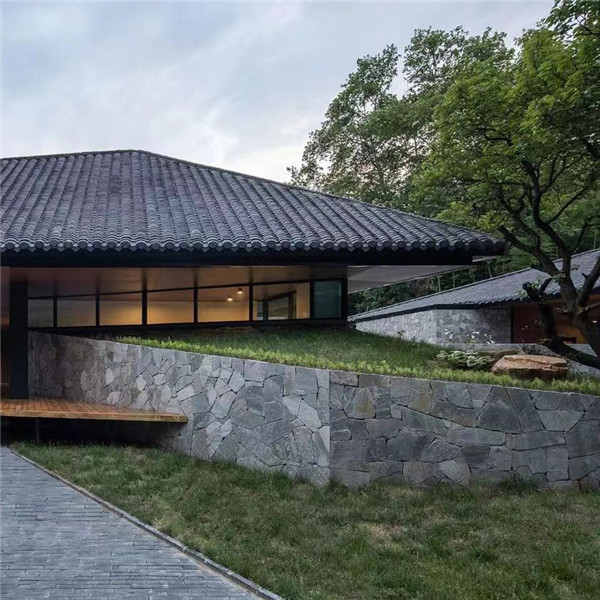Introduction
Cultured fieldstone is a popular choice for homeowners, builders, and designers looking to add a touch of natural beauty to their spaces. With its rustic charm and versatility, cultured fieldstone offers a cost-effective alternative to natural stone while still providing the same aesthetic appeal. In this comprehensive guide, we will explore the various aspects of cultured fieldstone, including its composition, benefits, applications, and maintenance.
Composition of Cultured Fieldstone
Cultured fieldstone is a man-made product designed to mimic the look and feel of natural fieldstone. It is typically made from a combination of cement, aggregates, and pigments that are molded and colored to resemble real stone. The manufacturing process involves pouring the mixture into molds that are designed to replicate the shape and texture of natural fieldstone. Once the material has cured, it is removed from the molds and can be used for a variety of applications.
Benefits of Cultured Fieldstone
There are several benefits to using cultured fieldstone in construction and design projects. One of the main advantages is the cost-effectiveness of cultured fieldstone compared to natural stone. Cultured fieldstone is typically more affordable and readily available, making it a practical choice for those on a budget. Additionally, because it is manufactured, cultured fieldstone is consistent in color and texture, ensuring a uniform look throughout the project.
Another benefit of cultured fieldstone is its versatility. It can be used in a wide range of applications, from exterior facades and accent walls to fireplaces and landscaping features. Cultured fieldstone is also lightweight, making it easier to transport and install compared to natural stone. This can result in reduced labor costs and a faster installation process, saving time and money for homeowners and contractors.
Applications of Cultured Fieldstone
Cultured fieldstone can be used in a variety of applications both indoors and outdoors. One common use of cultured fieldstone is in exterior cladding for homes and buildings. Cultured fieldstone can add a rustic charm to the facade of a building, creating a warm and inviting aesthetic. It can also be used to create accent walls, pillars, and other architectural features that enhance the overall design of a space.
Indoors, cultured fieldstone is often used to create focal points such as fireplaces and feature walls. The natural texture and color variations of cultured fieldstone can add visual interest and create a cozy atmosphere in living rooms, bedrooms, and other interior spaces. Cultured fieldstone can also be used to create backsplashes, countertops, and other elements in kitchens and bathrooms, adding a touch of natural elegance to these rooms.
In landscaping, cultured fieldstone can be used to create retaining walls, garden borders, and pathways. Its durability and weather resistance make it ideal for outdoor applications, where it can withstand the elements and maintain its appearance over time. stepping stones can also be used to create water features such as fountains and ponds, adding a tranquil element to outdoor spaces.
Maintenance of Cultured Fieldstone
One of the advantages of cultured fieldstone is that it requires minimal maintenance to keep it looking its best. To clean cultured fieldstone, simply use a mild detergent and water to remove dirt and debris. Avoid using harsh chemicals or abrasive cleaners, as these can damage the surface of the stone. In outdoor applications, cultured fieldstone may require occasional pressure washing to remove built-up dirt and grime.
To prevent staining and discoloration, it is recommended to seal cultured fieldstone with a quality stone sealer. This will help protect the stone from moisture and other elements that can cause damage over time. Reapply the sealer as needed, following the manufacturer's instructions for best results. Regular maintenance and care will ensure that your cultured fieldstone retains its beauty and durability for years to come.

Conclusion
Cultured fieldstone offers a cost-effective and versatile alternative to natural stone for homeowners, builders, and designers. With its realistic appearance and wide range of applications, cultured fieldstone can enhance the beauty and functionality of any space. Whether used for exterior cladding, interior accents, or landscaping features, cultured fieldstone adds a touch of natural elegance to any project. By understanding the composition, benefits, applications, and maintenance of cultured fieldstone, you can make an informed decision about using this versatile material in your next construction or design project.
